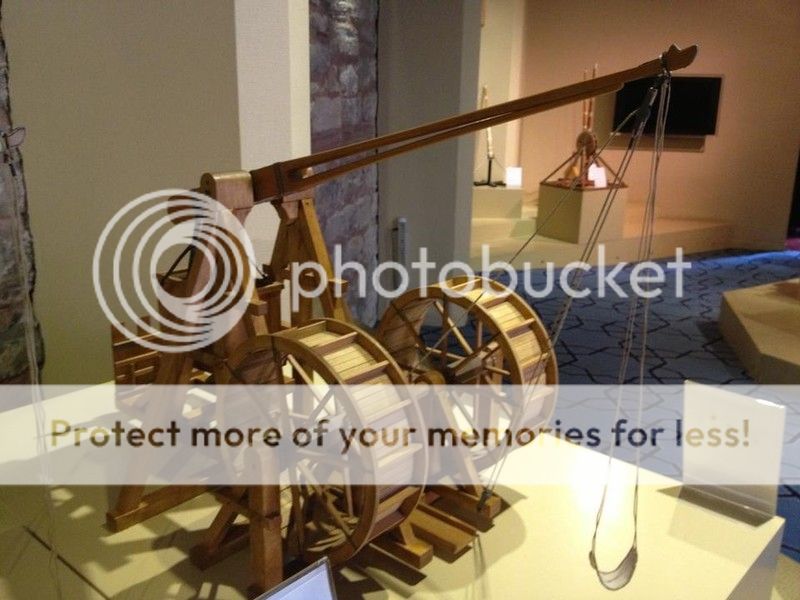GPS : 41°00'47.8"N 28°58'44.2"E / 41.013278, 28.978944

PHOTOGRAPHS ALBUM
The Museum, which was opened in May 24, 2008, is located in the Gülhane Park (Rose Garden), in one of the most beautiful areas of Istanbul. It extends over 3500 square meters along the old palace wall, on the former stables of the Sultan's Has Ahırlar.
In front of the entrance, the visitor encounters a large globe, which is a reconstruction of one of the most important achievements of the Islamic scientific tradition. The map on the globe was constructed by order of Caliph al-Ma'mun (who reigned from 198-218 H./813-833 CE.). Using a globular projection, the map displays, with surprising accuracy. the geography of the part of the world which was known at that time.
The discovery, historical reconstruction and presentation of the Ma'mun globe, as well as the other artefacts displayed in the museum, are the work of Professor Fuat Sezgin, who in 1982 founded the Institute for the History of Arabic-Islamic Science at the Johann Wolfgang Goethe University in Frankfurt/ Main.
Decades of intensive research in the history of Arabic-Islamic manuscripts were necessary as a preparation for the creation of the wealth of objects in the museum. Visitors to the museum can obtain a unique insight in the Islamic scientific tradition by looking at the details of the exact replicas of the scientific and technical achievements from the ninth through the seventeenth centuries. The Istanbul museum is unique in the world, because it enables the visitor to see with his own eyes the evolution of the different scientific branches in Islamic civilization.
The systematic presentation of objects from astronomy, geography, nautics, time measurement, geometry, optics, medicine, chemistry, mineralogy, physics, technics, architecture and military techniques, shows how crucial discoveries were made in Islamic civilization and were transmitted in different ways to Europe, where they were adopted, assimilated, and altered. Thus the history of science appears to the visitor as a continuous flow. This is especially clear where Arabic-Islamic innovations are displayed side by side with medieval and later European adaptations.
The most important achievements of Islamic civilization are visualized and elucidated by accompanying explanatory texts in different languages. Fortunately, the Istanbul Museum for History of Science and Technology in Islam does not follow the modern tendency to explain complicated displays by only a few lines of text. On the contrary, the visitor is invited to take time, in order to fathom the multi-faceted panorama of the history of the different sciences.
After a visit to the museum, the visitor will be motivated to deepen his study of the fascinating world of science and technology in Islamic civilization. For this purpose, a detailed catalogue of the museum in five well-illustrated volumes, has been composed by Professor Sezgin. The volumes are available in German and French and since 2007 also in Turkish.
The Istanbul Museum for the History of Science and Technology in Islam is especially attractive because of its aesthetics, the didactics of its scientific expositions, and the synergy between the visual experience and the learning process on the part of the visitor. Thus, Istanbul has been enriched by another bridge between East and West, which concerns the deep historical relationships of the scientific traditions in Eastern and Western cultures. Istanbul, European Capital of Cultures in 2010, extends a warm welcome to all visitors.
The Museum is a product of decades of intensive research, discovery, reconstruction and presentation of artefacts recorded in Arabic-Islamic manuscripts by the renowned science historian Professor Fuat Sezgin. The Museum houses a wealth of objects and exact replicas recording scientific and technical achievements from the ninth through the seventeenth centuries in astronomy, geography, navigation, time measurement, geometry, optics, medicine, chemistry, minerology, physics, architecture and military techniques.
The collection in the Museum is unique in the world enabling visitors to experience the evolution of different scientific disciplines in retrospect through the systematic presentation of objects, and showing crucial discoveries invented in Islamic civilization and transmitted in different ways to Europe, where they were adopted, assimilated, and altered. Thus the history of science appears to the visitor as a continuous flow, especially where Arabic-Islamic innovations are displayed side by side with medieval and later European adaptations.
The Istanbul Museum of the History of Science and Technology in Islam is especially attractive because of its aesthetics, the didactics of its scientific exhibits, and the synergy between the visual experience and the learning process on the part of the visitor. Thus, Istanbul has been enriched by another bridge between East and West, which concerns the deep historical relationships of the scientific traditions in Eastern and Western cultures.
LOCATION SATELLITE MAP
WEB SITE : Istanbul Museum for History of Science and Technology in Islam
MORE INFO & CONTACT
E-Mail : bilimveteknolojimuz@kulturturizm.gov.tr
Phone : +90 212 528 8065
Fax : +90 212 528 3999
These scripts and photographs are registered under © Copyright 2017, respected writers and photographers from the internet. All Rights Reserved.
No comments:
Post a Comment